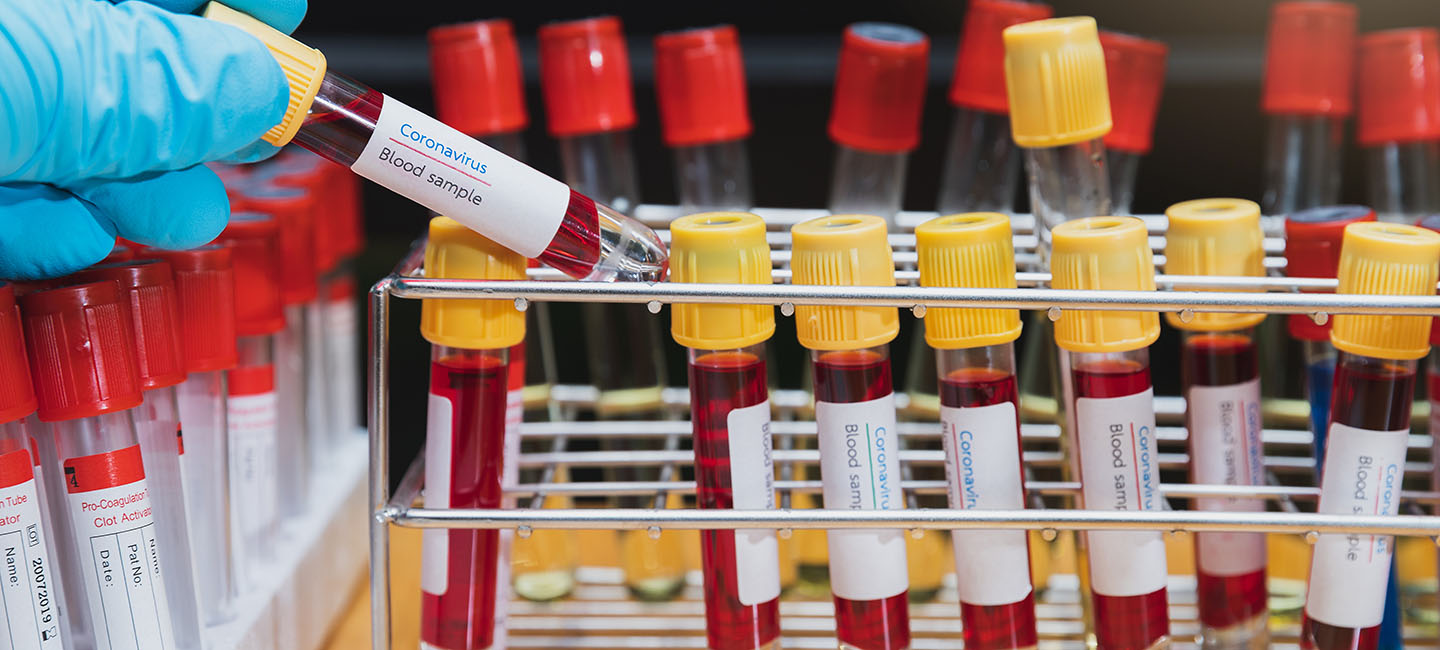Convalescent Plasma Donations Needed to Fight COVID-19
As the number of new COVID-19 cases are on the rise again, doctors continue to search for potential treatment options. One that has received emergency approval by the U.S. Food and Drug Administration is the collection of convalescent plasma from recovered COVID-19 patients.
The collection of convalescent plasma isn’t a new method. This therapy uses blood from people who’ve recovered from an infectious illness to treat those who are currently fighting the disease. The plasma that is collected is tested to ensure that it has the antibodies for that disease, which is what helps severely ill patients fight off the infection.
Convalescent plasma has shown positive results in previous disease outbreaks, such as H1N1 influenza and Ebola.
If you’ve recently had COVID-19 and are thinking about donating your plasma, here’s what you need to know.
What is the process for donating convalescent plasma?
Most blood banks are screening all eligible donors for COVID-19 antibodies. Two tests are conducted on a whole blood donation, and if both tests are positive, the plasma portion of that collection is turned into a convalescent plasma unit.
“Donors with a positive test are called and asked if they would be willing to come back the following week to donate convalescent plasma by way of plasmapheresis donation,” said Dr. Christopher Lough, vice president of medical services at LifeSouth Community Blood Centers.
Setting up a whole blood donation appointment is the first step in becoming a convalescent plasma donor, especially if you are unsure if you’ve had COVID-19 and are now recovered. It is important to ask the blood donor center if they perform the COVID-19 antibody testing on all donors.
For those who have already tested positive for COVID-19 and recovered, some blood centers will automatically set up a plasmapheresis donation without having a whole blood donation first.
How long does it take to donate convalescent plasma?
A whole blood donation takes approximately 15 minutes and is simply the removal of blood by way of needle and tubing.
A plasma only donation done by way of an apheresis collection machine is a longer process.
“Plasma collections take around 60 minutes and utilizes a machine that draws the donor’s blood, separates it into components, collects the plasma and then returns the remaining red cells and platelets to the donor along with saline to replace the volume of plasma taken out,” said Lough.
What would prevent a person from being allowed to donate?
Donors must be symptom free for at least 14 days before donating convalescent plasma. Having symptoms from COVID-19 or feeling unwell from any other conditions will prevent potential donors from being allowed to give any whole blood or plasma.
There are also deferrals for certain medications, travel to certain areas and some health conditions.
Lough says those who have received an experimental vaccine for SARS-CoV-2, the COVID-19 virus, may also be ineligible for convalescent plasma donation.

Dr. Kaaron Benson, medical director of the blood bank at Moffitt Cancer Center
Donating whole blood or convalescent plasma is not a painful process with the exception of the initial needlestick in the arm vein, similar to any blood sample collection. Donors are encouraged to stay well hydrated before and after their donation but can immediately resume normal activity.
Blood must be donated by healthy volunteers who ensure safe units are available on hospital shelves for cancer patients and others in need.
“Many cancer patients depend on a readily available supply of blood donated by healthy community volunteers to help sustain them through their treatment,” said Dr. Kaaron Benson, medical director of the blood bank at Moffitt Cancer Center. “These life-sustaining donations are crucial to help our loved ones fighting this very challenging disease.”
To donate convalescent plasma in your local community, visit www.lifesouth.org or www.scbb.org.



